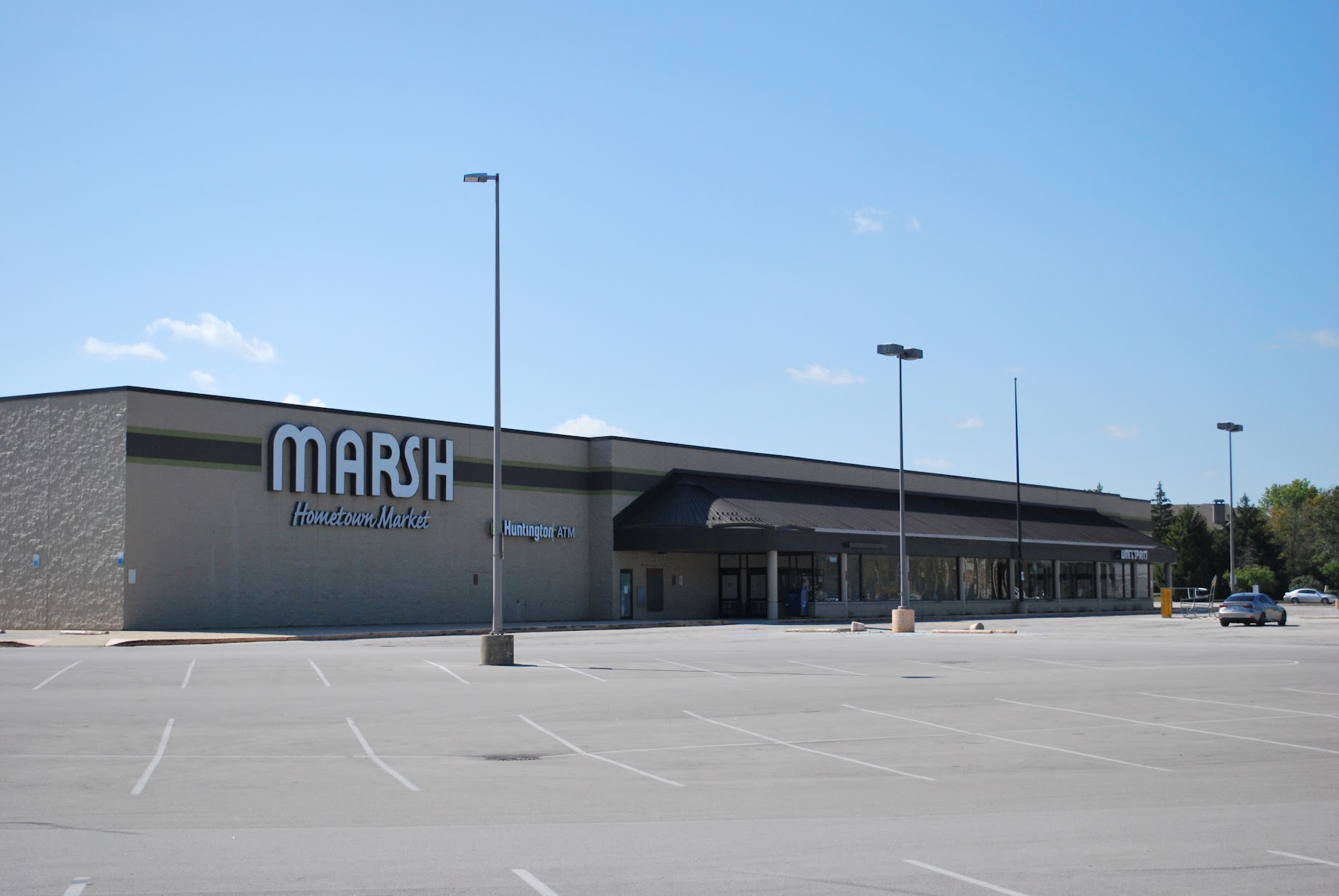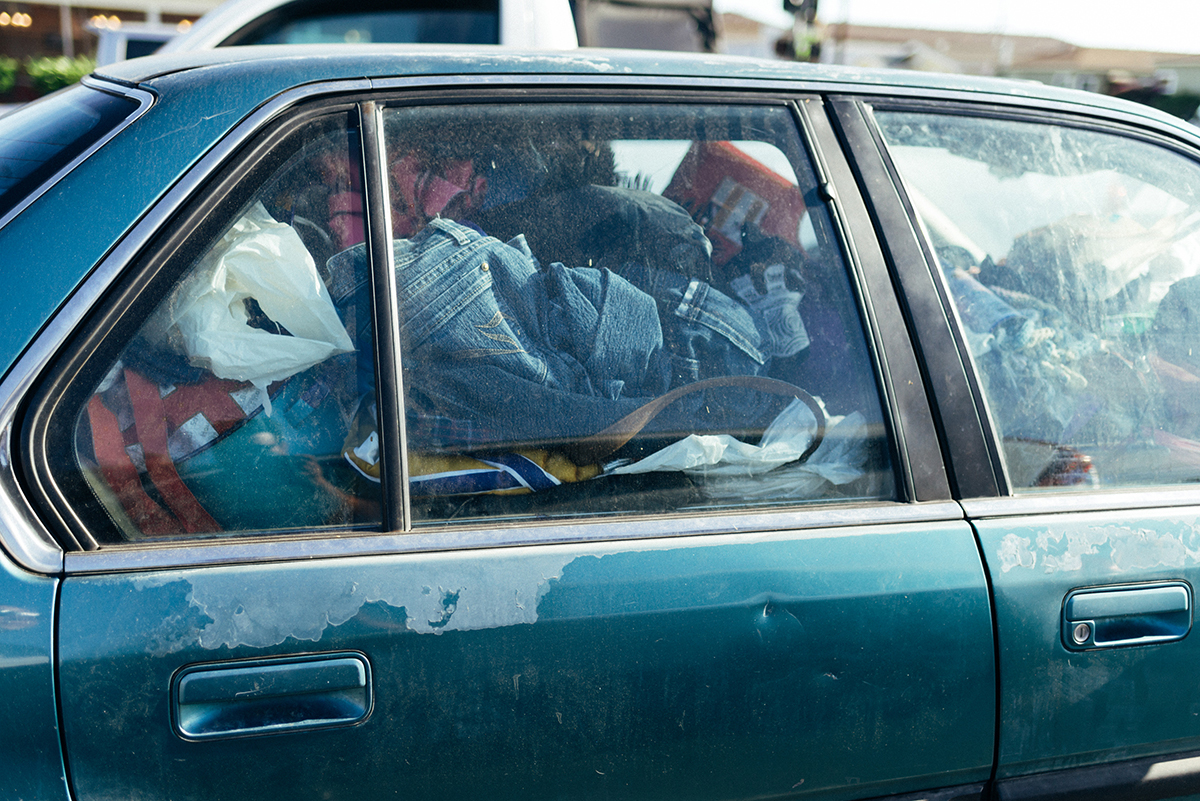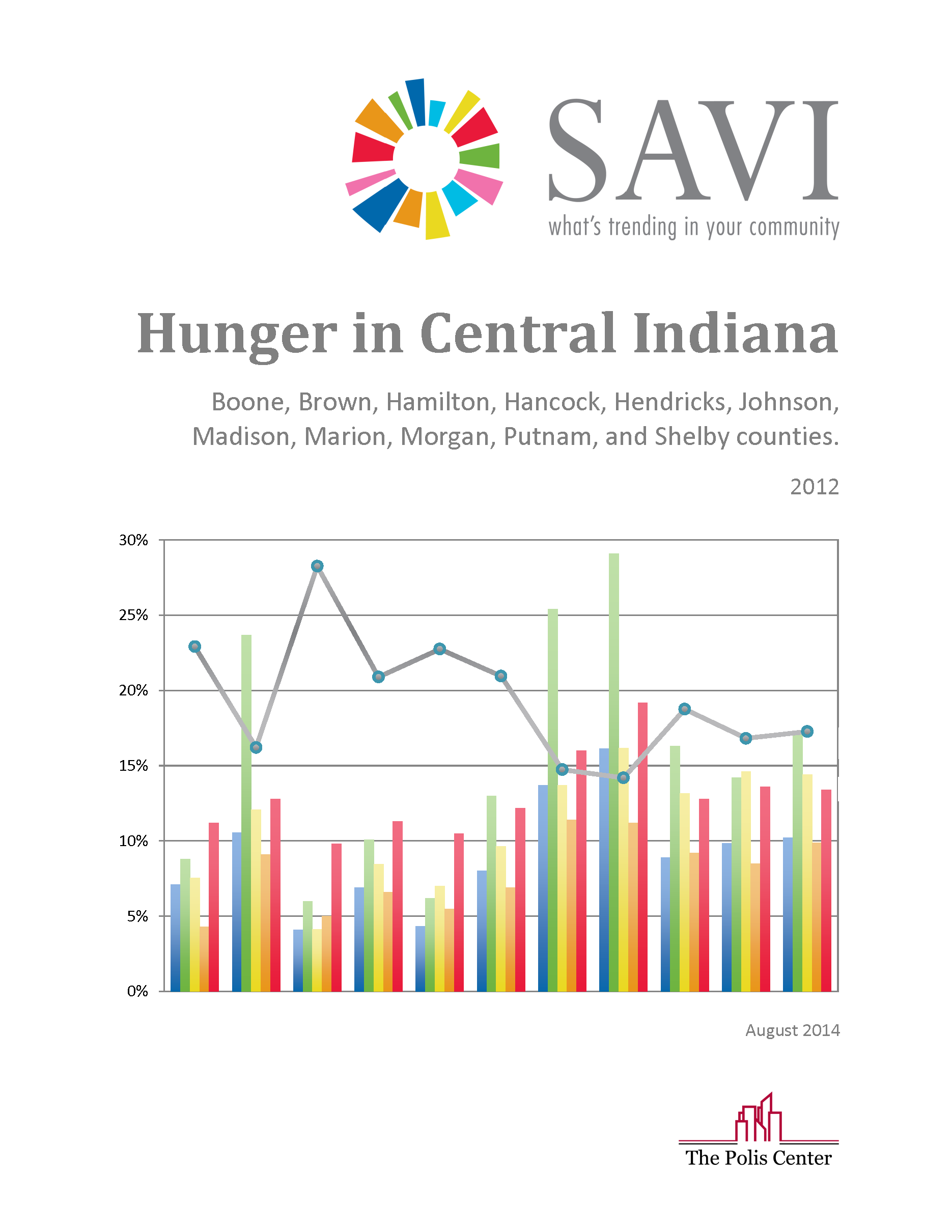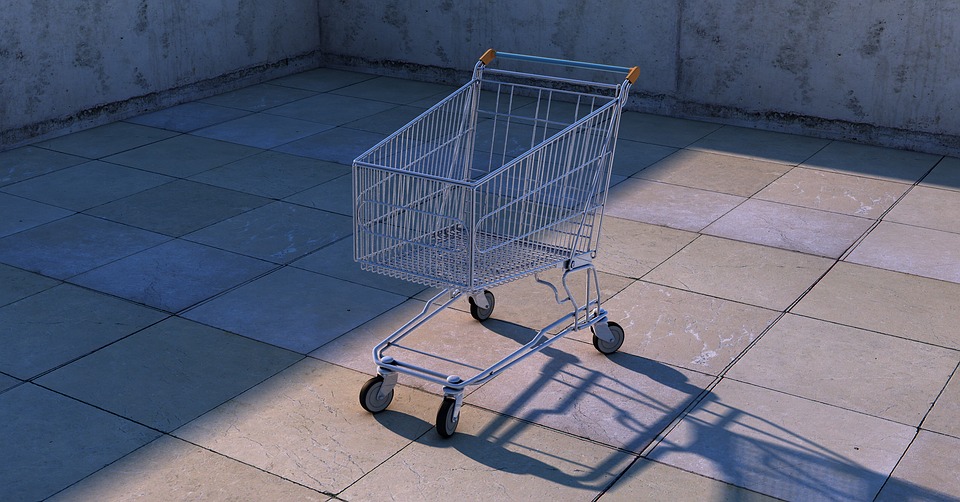When people do not have access to healthy food, this can impact their diet, their health, and their quality of life. Food deserts are a way of defining communities that lack healthy food access. These are neighborhoods with both low healthy food access and low income.
There are 208,000 people living in food deserts in Indianapolis. Importantly, 10,500 households without a car live in a “transit food desert,” with no grocery easily accessible by bus. The number of people in food deserts has risen by 10 percent since 2016, mostly driven by the closure of Marsh Supermarkets, one of Central Indiana’s major grocery chains. Despite the Marsh closings, there are actually more grocery stores in Indianapolis now than in 2016, but the existing stores tend to be grouped together and so offer access to fewer people than they once did.’
Black residents are more likely to live in food deserts than any other race or ethnicity in the county. People in poverty are fifty percent more likely to live in food deserts than people above the poverty threshold, and households without vehicles are also more likely to live in food deserts than households with vehicles. White and Latino residents have experienced the largest increase in the people living of food deserts since 2016.







